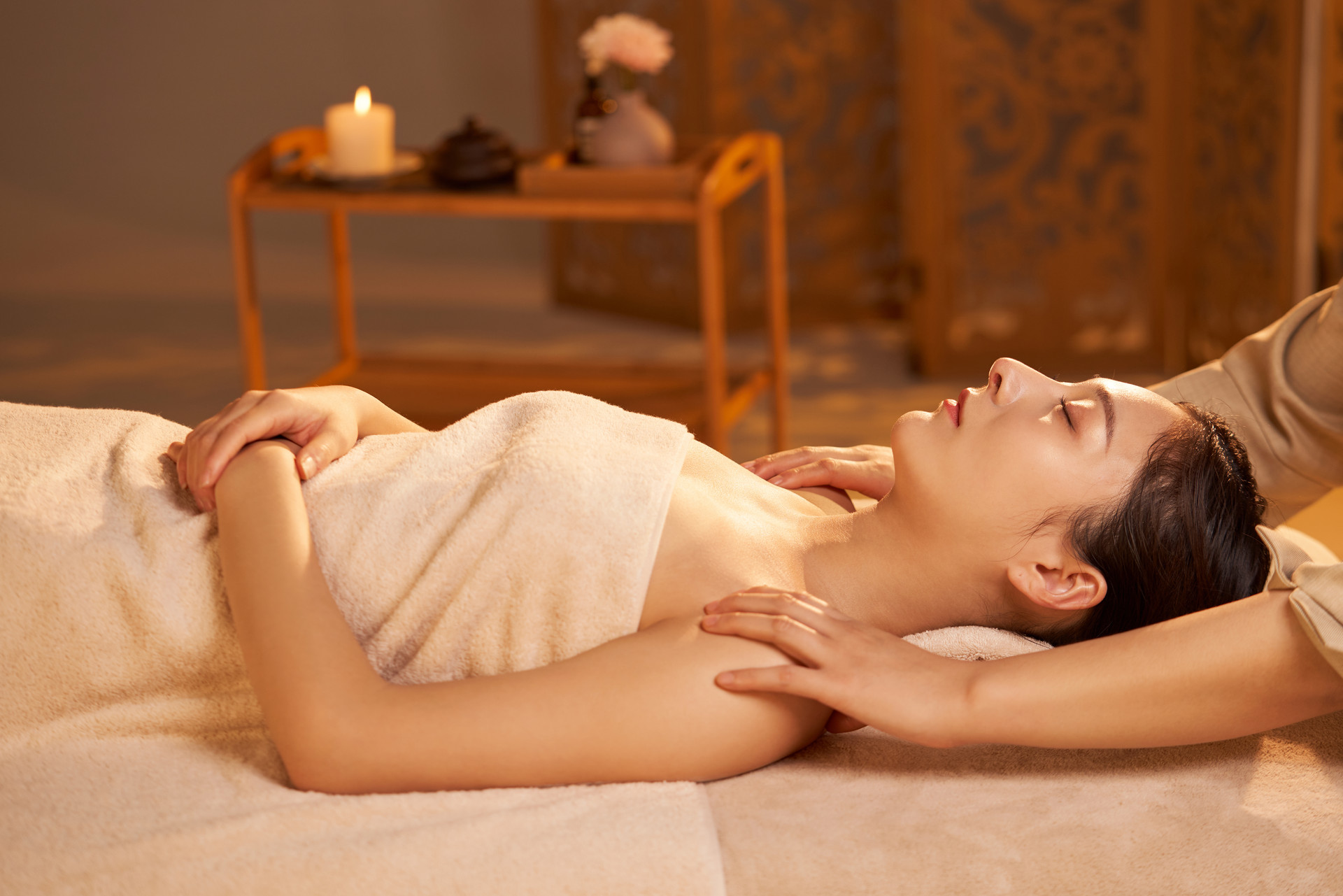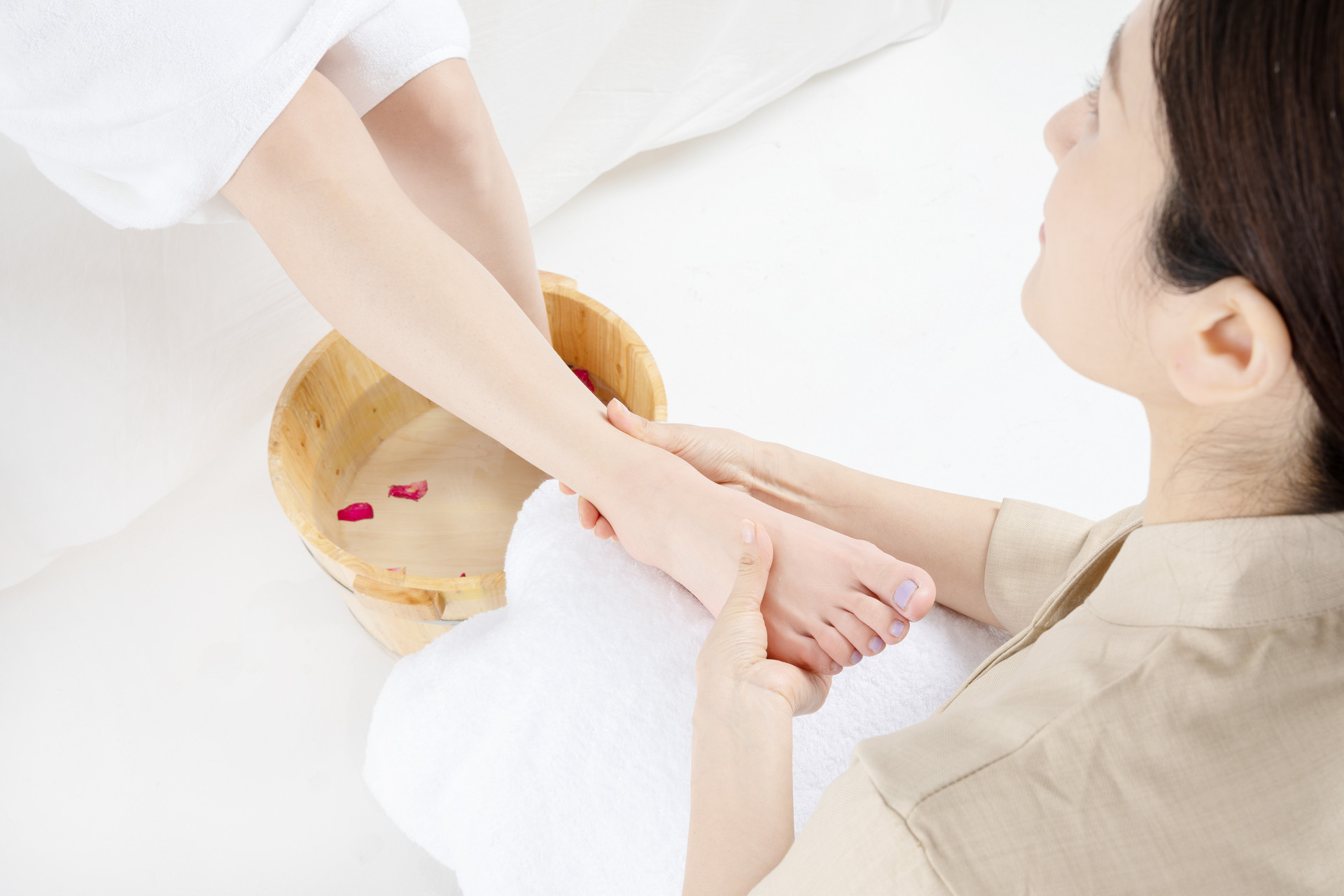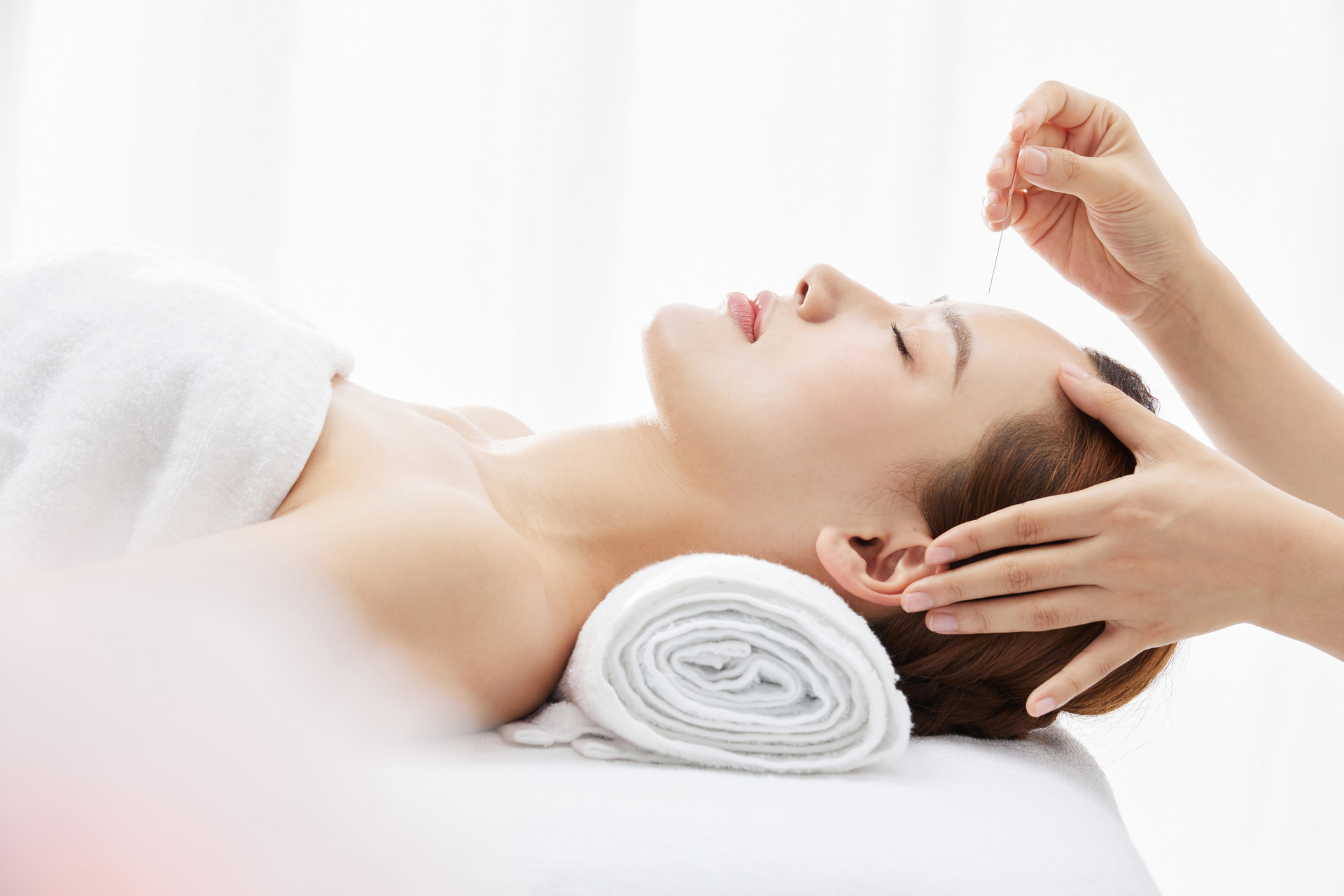Acupuncture and moxibustion are both therapies used in traditional Chinese medicine for disease treatment and health preservation. Because both have the word "moxibustion", many people mistakenly believe that acupuncture and moxibustion are the same thing. However, in reality, these two therapies have significant differences. Let's take a closer look at the differences between traditional Chinese medicine moxibustion and acupuncture.
【Differences between Moxibustion and Acupuncture】
1. Different treatment methods
Acupuncture and moxibustion both stimulate specific acupoints in the body to achieve the goal of disease treatment and health preservation. However, acupuncture is a physical therapy, while moxibustion is made from the herb called "mugwort" and is used for burning and warming the body. Moxibustion combines the medicinal and physical effects.
2. Different application methods
Acupuncture therapy mainly uses needle insertion to stimulate acupoints, which may cause pain. On the other hand, moxibustion therapy involves burning moxa leaves or moxa sticks on specific acupoints, which, combined with its medicinal properties, can create a pleasant and relaxing sensation. Therefore, moxibustion therapy is recommended for those who are afraid of pain.
3. Different effects
According to ancient Chinese medicine, acupuncture mainly focuses on purging, while moxibustion mainly focuses on tonifying. Long-term moxibustion therapy can strengthen the body's yang energy, treat diseases, nourish the body, expel pathogenic factors, and promote longevity. It is particularly suitable for individuals with a cold constitution who want to strengthen their yang energy.
4. Different side effects
Improper acupuncture treatment may have certain side effects, and if the needles are not properly disinfected, there is a risk of cross-infection. Moxibustion, on the other hand, is an external natural therapy without side effects.
【Benefits of Moxibustion】
1. Harmonizing yin and yang
Balancing yin and yang in the body is fundamental for disease occurrence and development. Moxibustion therapy helps to harmonize yin and yang through tonification and purging effects.
2. Warming and promoting meridian circulation
Moxibustion, with its warming properties, can deeply penetrate the muscles, promote blood circulation, and disperse cold and dampness. It has the effects of warming and promoting meridian circulation, regulating qi and blood, and relieving pain.
3. Regulating qi and activating blood
Qi flows when it encounters heat and becomes stagnant when it encounters cold. Moxibustion, as a warm and stimulating therapy, can harmonize qi and blood, remove stagnation, and promote blood circulation, thus eliminating stasis and resolving masses.
4. Disease prevention and health preservation
Moxibustion therapy has various effects depending on the specific acupoints selected, the method of moxibustion, the intensity of stimulation, and the materials used. Therefore, in clinical practice, different acupoints and techniques should be chosen based on the specific condition of the patient.
【Characteristics of Traditional Chinese Medicine Acupuncture】
1. Wide range of indications
Acupuncture is widely used in various medical specialties, including many functional and constitutional disorders. It has certain therapeutic effects on over 300 diseases in internal medicine, surgery, gynecology, pediatrics, ophthalmology, and orthopedics.
2. High safety
Acupuncture does not rely on any external medications. It achieves therapeutic effects by regulating the balance of yin and yang in the body, without causing any harm to the organs. It is a green, environmentally friendly, and effective non-drug treatment method.
3. Dual regulation
Acupuncture can regulate the functions of the body's organs and tissues, supplementing deficiencies and reducing excesses, thus achieving the balance of yin and yang and curing diseases. It has a dual regulatory effect.
4. Improving immunity
Acupuncture can enhance cellular and humoral immunity. In particular, it can stimulate the early production of antibodies or prolong their duration in the blood, and can also increase the level and efficacy of long-term reduced antibodies.
5. Convenient operation
Acupuncture treatment does not require complex equipment and is cost-effective. It is suitable for the medical and health needs of the general population.












